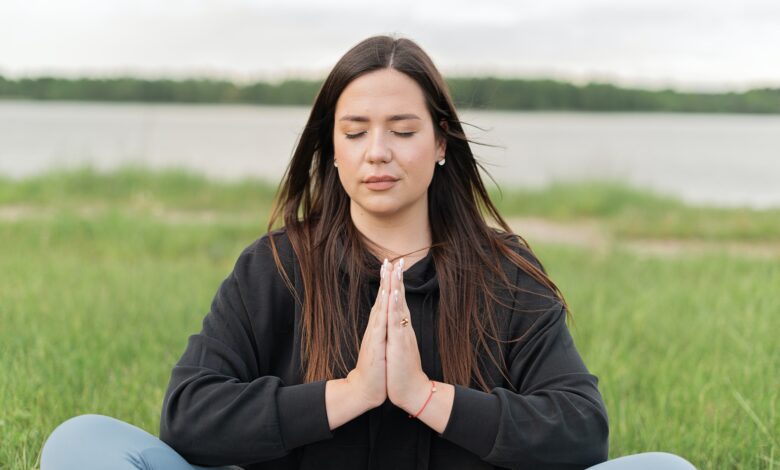Meditation

How to meditate? meditation in practice
According to the different schools, and there are many of them, meditation can be practiced standing, sitting, walking, eyes open or closed, silently or by repeating a word, the mind focused on an image or not. There does not seem to be any great difference in the effects of one form compared to another, the most determining element being diligent practice.
To be well understood and integrated, meditation training should take place within a certain framework: stress reduction workshops, retreats, meditation classes or groups. This is important for developing good habits (practice, correct posture, etc.).
There are now many resources on the Internet that allow you to learn about meditation and meditate alone. Most come in the form of guided meditations accompanied by music or sounds. These aim to bring inner calm or to more easily access states of relaxation, vigilance or creativity, for example.
If you want to start alone, here are some techniques that can help you concentrate, since they occupy the mind, and thus limit the occurrence of parasitic thoughts.
The meditation on the breath
This is probably the most common technique today. This consists in being aware of the air which penetrates the body, which is expelled from it, which still penetrates… As breathing is a permanent and infallible movement, it gives a stable anchor to the effort of attention.
The body scan
The person sits with their back straight and performs a mental scan of their body. This exercise must be done without judgement, and allows you to become aware of any tensions or pain points.
Meditation using a mental image
The individual imagines a specific image, and must focus on it. He can imagine a tree, the sea, or anything that inspires him.
The use of a mantra
The individual repeats a mantra (sacred formula), an expression which is personal to him or a syllable (“aum”, for example). He can repeat them mentally, articulate them quietly, or say them out loud. In the latter case, the vibrations caused from the vocal cords are supposed to bring the body to a good disposition.
Meditation using an object
The person is staring at an object near them. It can be the flame of a candle, an image that is dear to him or even a drawing of geometric shape.
The specialist’s word
Meditation is a millennial practice that originated in India more than five thousand years ago. Around 600 BC, it spread to Japan and to Asian countries.
In the 18th century, meditation techniques arrived in the West, but it was not until 1927 and the publication of the “Tibetan Book of the Dead” that meditation and Buddhist philosophy interested Westerners.
In the 1960s, yoga and meditation techniques became popular and secularized in the West.
In 1979 in Massachusetts, with the publication of the mindfulness stress reduction program to treat patients suffering from chronic illnesses, meditation entered the medical world.
Meditation is for everyone including young children. However, it is advisable for people suffering from psychiatric disorders to seek advice from their doctor who will indicate the most suitable meditation for them.








